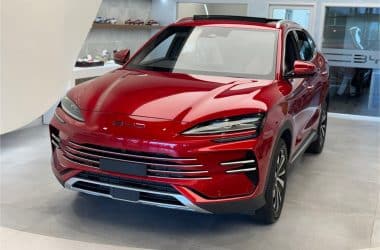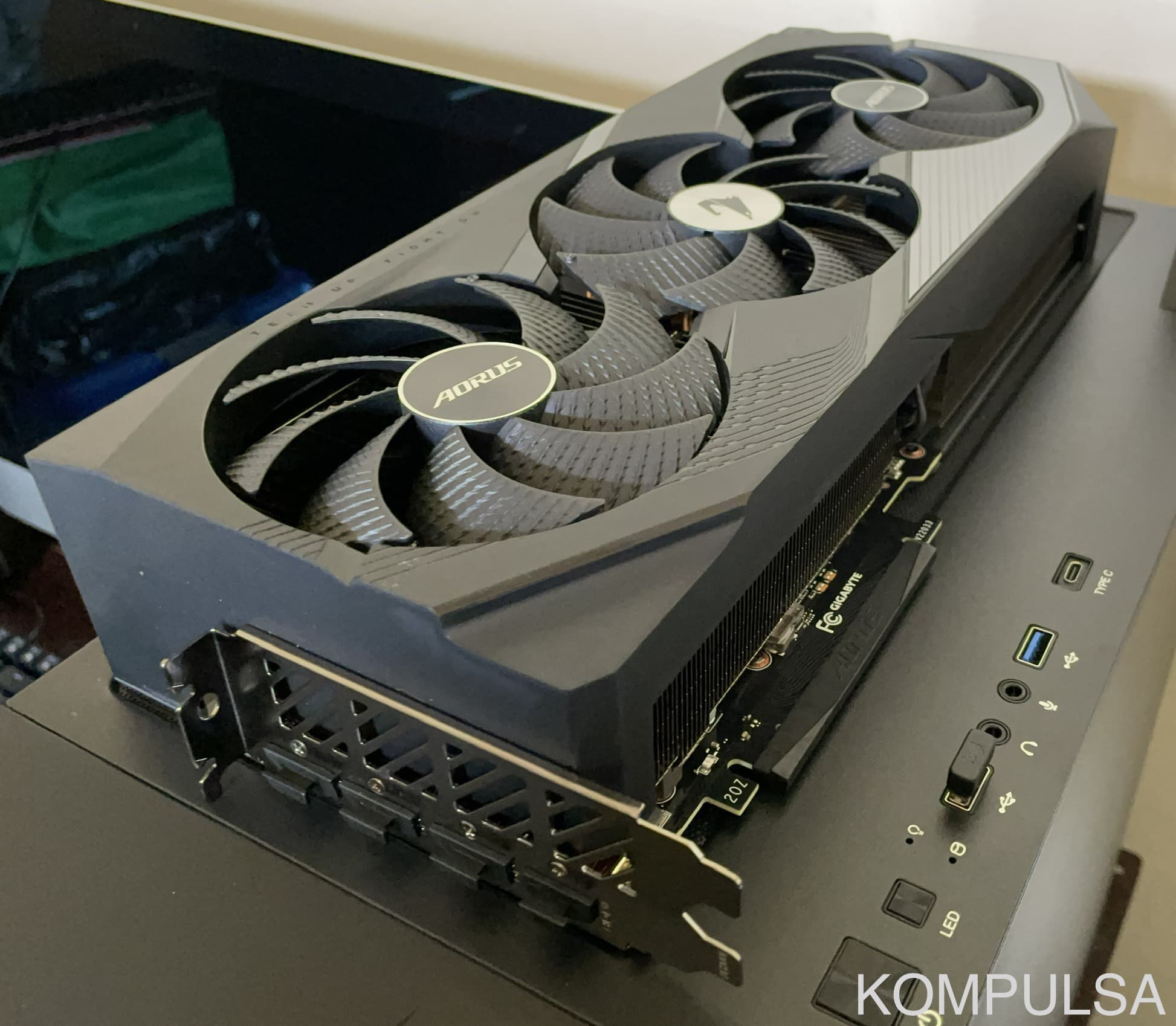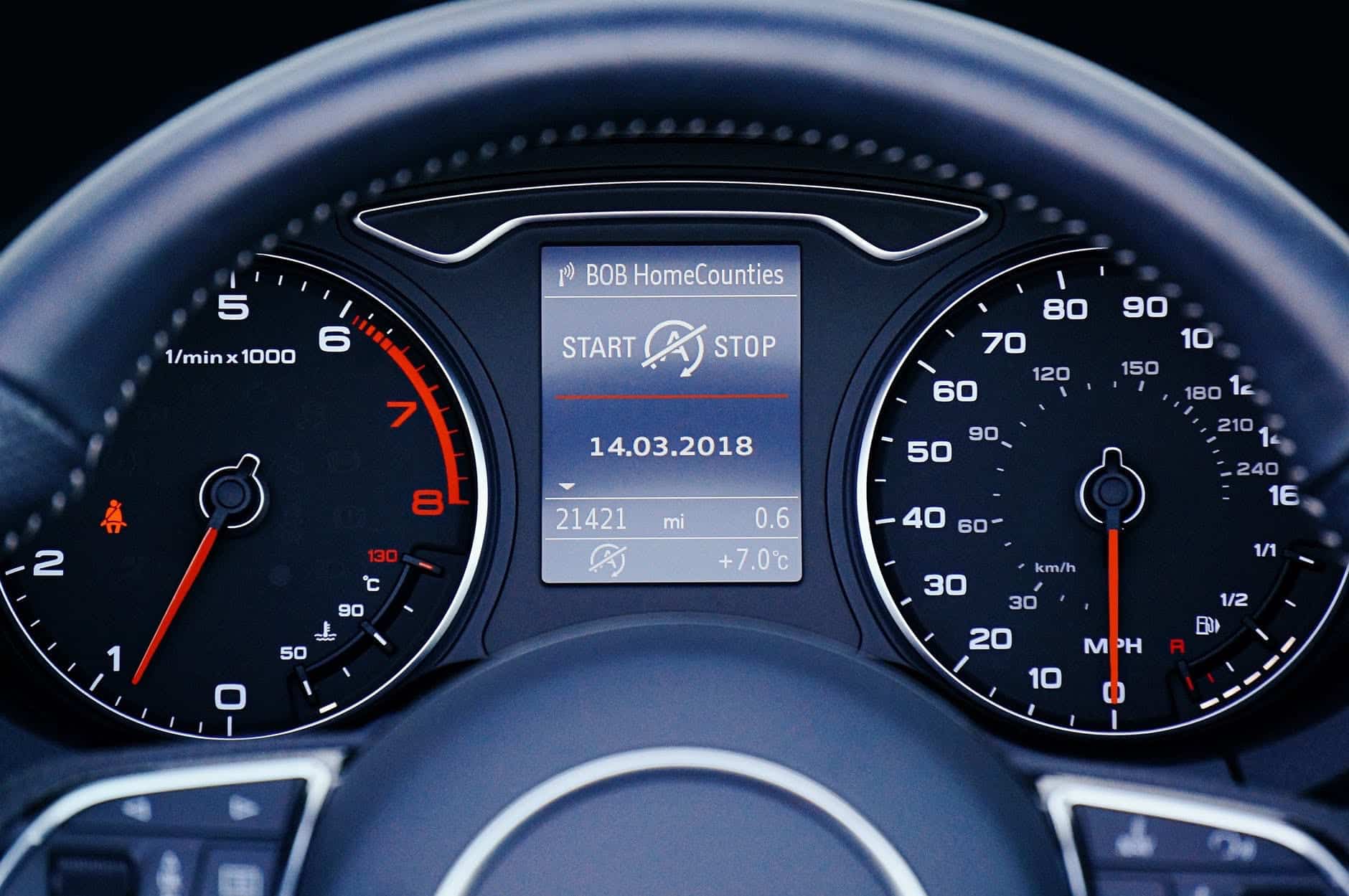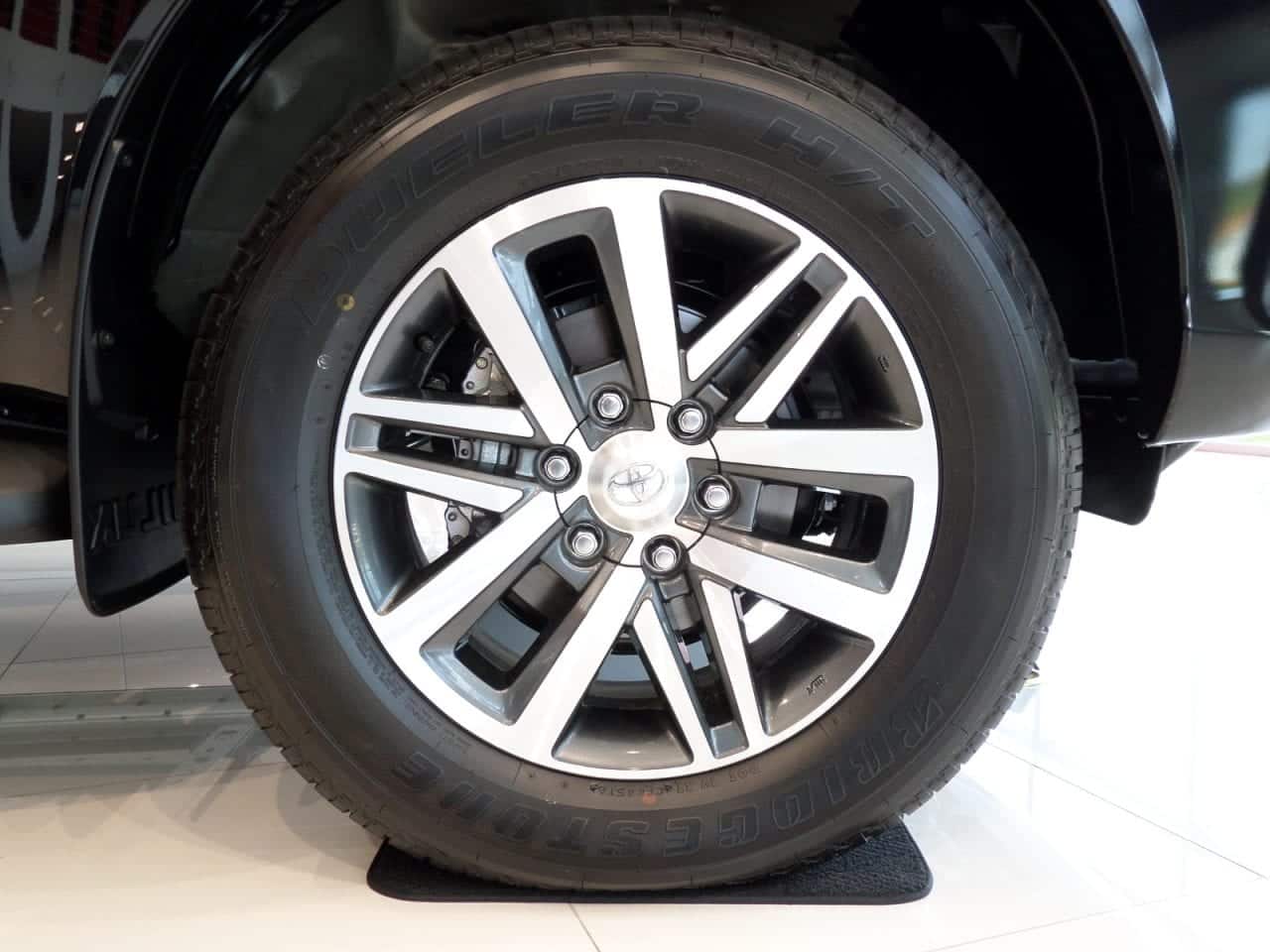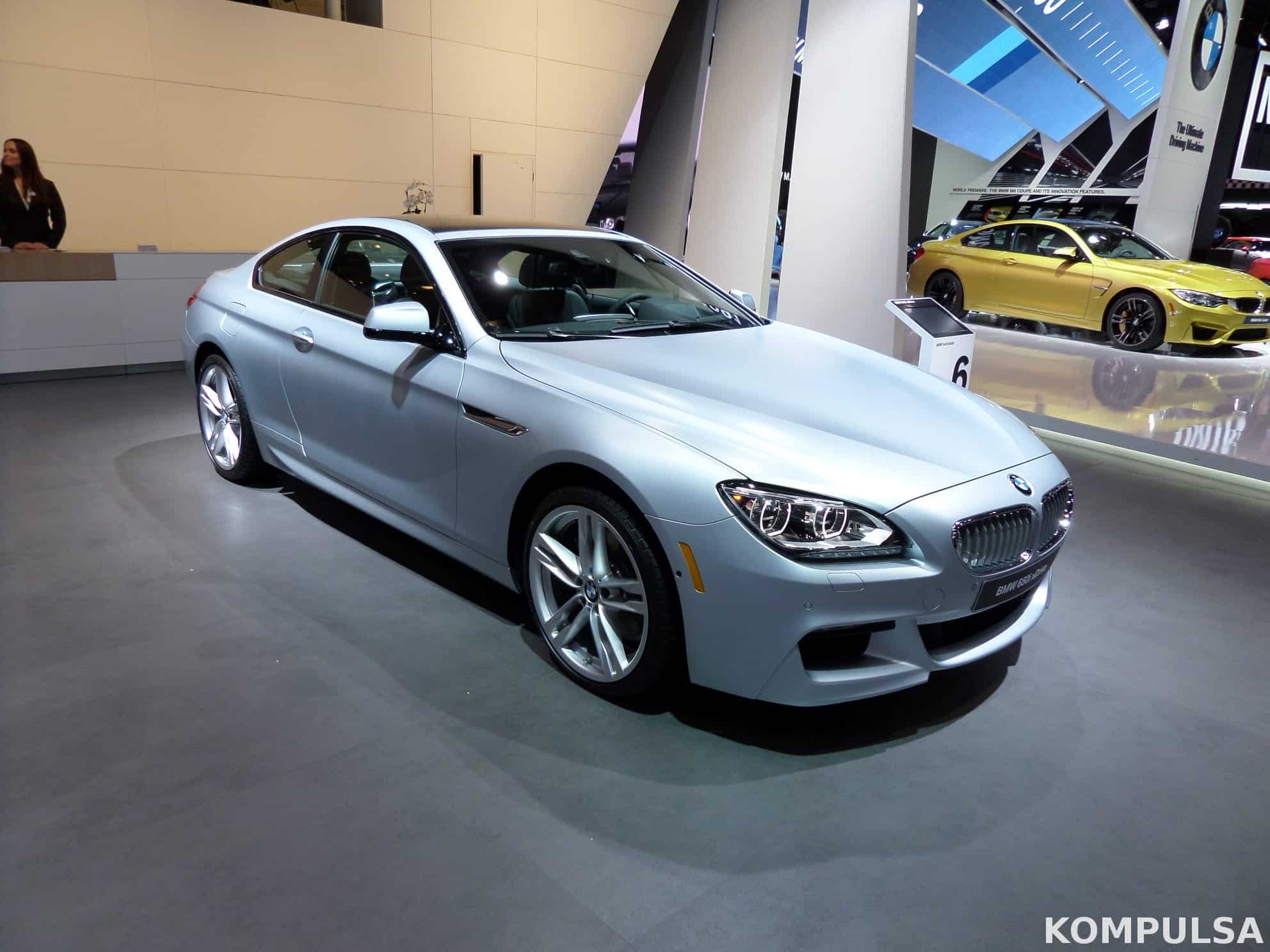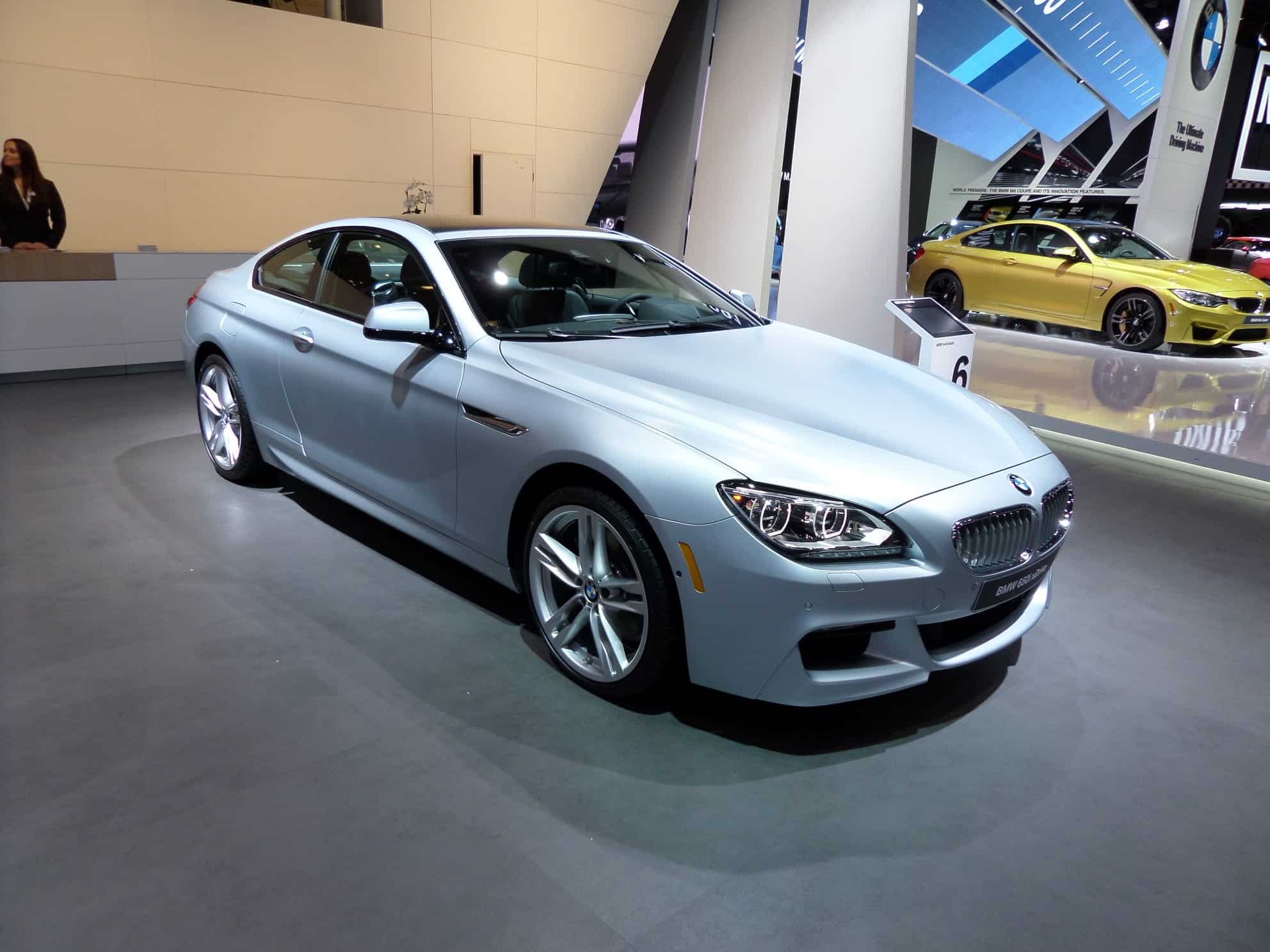Electric power steering refers to a mechanism that uses electric power to steer the wheels of a vehicle. The most notable difference between electric power steering and hydraulic power steering is the power source. Electric power steering systems are driven by an electric motor.
In some cases, electric power steering systems (EPS) use a reversible motor that changes direction if you reverse its polarity. An electric power steering system does not require hydraulic pumps or hoses that may leak power steering fluid. This provides safety and reliability benefits. The safety benefit is due to the fact that power steering fluid can leak out and cause fires under some circumstances.
Disadvantages Of Electric Power Steering
Disadvantages of electric power steering are dependent on how well the system is built. For example: An electric power steering system’s motor could be overdriven or be implemented with poor thermal management. Both issues can cause the motor’s temperature to rise excessively in some cases, which may result in the motor’s power being throttled down to prevent overheating.
This throttling procedure can cause less-responsive steering and a degraded driving experience. One case in which this issue could occur is with repeated, aggressive steering. Car manufacturers may warn you about this in their user manuals.
What Is An Overdriven Motor?
An overdriven electric motor is one that does not have a continuous time rating. Overdriven motors are built to provide a large amount of power for a brief time period. This means that you have to give them a break. If overdriven motors are operated continuously for hours, they pose a significantly higher risk of overheating than a continuous duty motor does. Overdriven motors have the advantage of being relatively compact, cheaper, and lightweight.


